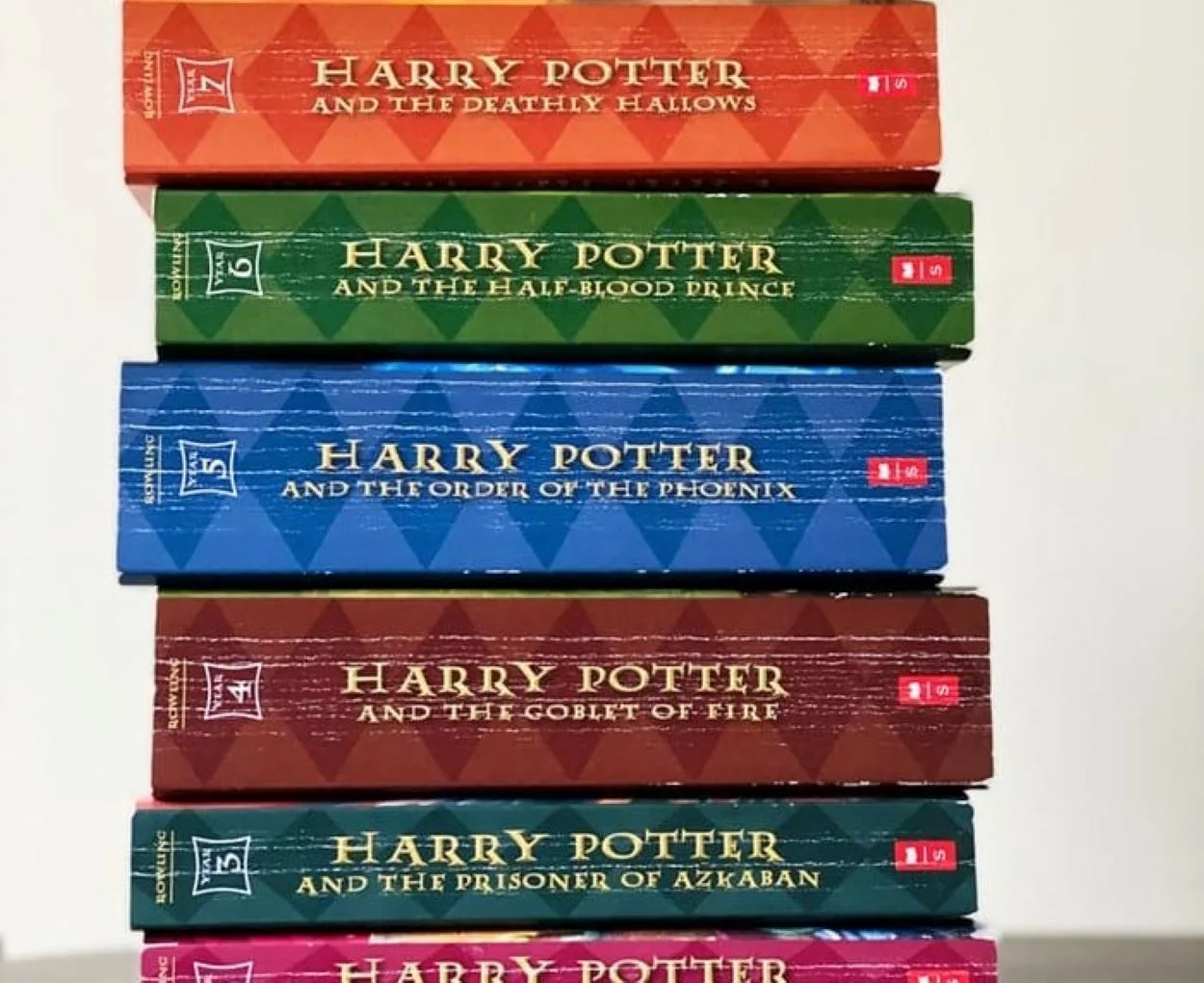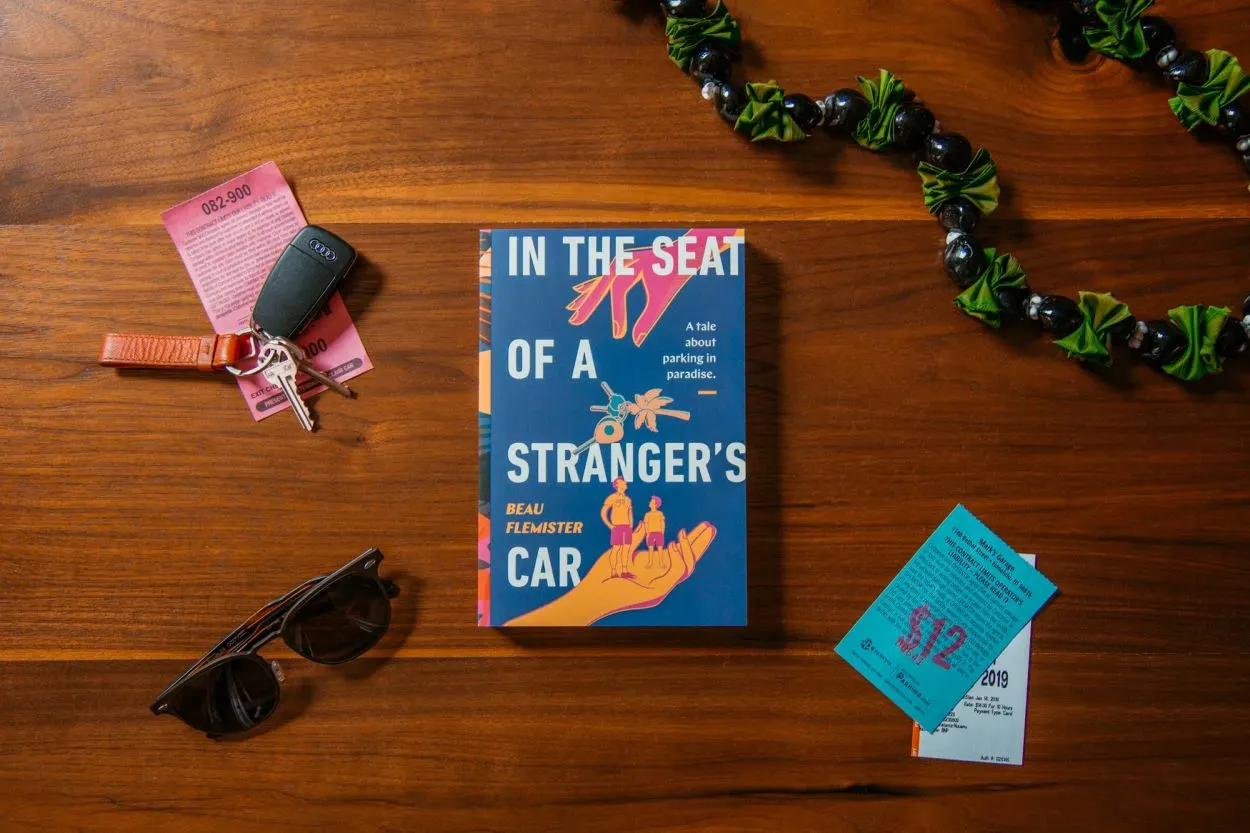The word novel has been taken from the Italian word “novella” meaning”new”. A novel is generally based on fiction. Its story revolves around fanciful events that unfold to reveal certain imaginary characters whereas, non-fiction is based on facts. It discusses real-life stories.
Fictional and nonfictional literature may be found in a wide variety of genres. To write fiction, you must use your imagination and fantasies. Non-fiction, on the other hand, denotes a style of writing that focuses on presenting information about actual events, people, and places. For the most part, we may state that fiction portrays something that is not real, while non-fiction provides a factual depiction of the facts.
When we talk about fiction, we’re talking about works of literature that result from someone’s creative imagination, such as a novel or short story. On the other hand, if you’re reading a nonfictional book, you’re really reading about something that actually occurred or about a natural person, rather than a made-up narrative.
Now, let’s look at the distinctions between fiction and non-fiction in this article.
Fiction as a Term
A fictional work of art is based on the author’s creative imagination and does not exist in the actual world. Imaginative prose literature may be written or spoken, including descriptions of fictional people, places, and events.
Writers who write fiction do so by creating their own imaginary worlds in their thoughts and then sharing them with readers. For this reason, they build up a plot in a manner that makes it incredibly intriguing.
Authors create a fantasy universe in which characters, storyline, language, and environment are all imagined by the author to tell a tale; this is referred to as a fictitious work.
Fiction is never based on a genuine narrative, so when we read it, we are taken to a world that we would never have the opportunity to visit in real life or encounter people that we would never have the chance to meet in real life.
Comic books, television shows audio recordings, dramas, novels, novellas, short stories, fables, etc., are examples of this kind of entertainment or creative form. Writing in this genre might be anything from a mystery or suspense novel to science fiction, fantasy, or romance novels.

As a result, fiction has the power to inspire, or alter one’s viewpoint on life, engage in the plot, surprise with the twists and turns, and shock or astound with the finale.
In other words, fiction is made up, but non-fiction is based on actual events. People and locations are engaged in non-fiction writing. On the other hand, fiction tales are entirely based on the author’s imagination.
Check out my other article about the difference between light novels and novels.
Key Differences Between the Two Writing Styles
Let’s see some differences between Fiction and Non-Fiction.
Non-fiction is based on the facts
Everything in a work of fiction is fabricated. All of the characters and locations in the book are the author’s work. In contrast, non-fiction writing is based on facts and serves as a source of information.
Fiction books are meant to amuse readers, whereas non-fiction books are written to educate them. It’s not uncommon to see novels or short tales among fiction examples. Non-fiction literature includes biographies, history books, and the like.
A made-up story that is more complex than a chronicle
In fiction, there is no limit to the author’s creativity. They are only limited by their own creativity when developing a narrative or character.
Straightforwardness is required in non-fiction writing. There’s no room for creativity here. It’s really just a reorganization of data.
Reading a piece of fiction may be done in a variety of ways
As a reader, you are free to interpret the author’s fictitious tale in many ways. Non-fiction texts, on the other hand, are straightforward. There is only one way to understand them.

What Actually Is Non-Fiction?
As a genre, non-fiction spans many topics and includes anything from how-to guides to history books. An accurate depiction of a specific topic is called a “true account.” Aims to provide accurate information and descriptions of real-life events, locations, people, and existing items.
This may or may not be a genuine account of the topic being discussed since the assertions and explanations supplied are not guaranteed to be accurate. There are times when a story’s creator is convinced or even claims it to be factual while writing the narrative themselves.
Simplicity, clarity, and directness are all essential considerations in non-fiction writing. A wide range of genres is included in this category: essays, memoirs, self-help, recipe books, documentary films, textbooks, biographies of famous people, and works on history and politics.
One of the primary goals of reading non-fiction is to broaden one’s knowledge base.
Novel
Narrative fiction in the form of a book is known as a novel. Character, conflict, story, and situation are only a few of the fundamental elements of fiction that may be explored in novels, which are lengthier than short stories and novellas.
Over time, novelists have been affected by changes in literary conventions and changes in society. They employ novels to convey complex tales about the human condition in various genres and techniques.
‘A fresh narrative,’ the Italian and Latin roots of the English term ‘novel.’
The Evolution of Fiction Novels
Novels may be traced back to the ancient Greek, Roman, and Sanskrit narrative writings that were first written. Alexander Romances and Heliodorus of Emesa’s epic love narrative Aethiopica and Augustine of Hippo’s The Golden Ass and Subandhu’s Vasavadatta, a Sanskrit love story, are just a few examples of the many love stories that have been written throughout history.
Many of the early books were epic sagas with heroic protagonists and journeys, which remained popular far into the twentieth century. The length of these early novels ranged widely; some were spread over numerous volumes and were in the tens of thousands of words.
Novels in Medieval Times
The Tale of Genji, penned by Murasaki Shikibu in 1010, is often regarded as the earliest modern fiction. An emperor’s connection with a lower-class concubine is the subject of this novel. For years, following generations have written and handed down the narrative, even though the original manuscript is missing. Poets and writers of the twentieth century have tried to translate the perplexing passage, but the results have been uneven.
The most popular books to read were chivalric love adventures during the Middle Ages. Prose has generally overtaken poetry as the dominant literary method in popular books since the mid-15th century. Until recently, there wasn’t much separation between fiction and history; books often had elements of both.
New markets for both amusing and educational literature were created in the 16th and 17th centuries due to the development of advanced printing technology in Europe. In response to this spike in demand, novels developed into virtually entirely fictitious works.
Fiction from the Modern Era
The Ingenious Gentleman Don Quixote of La Mancha, or Don Quixote, by Miguel de Cervantes, was the first significant Western fiction. As a result of Don Quixote’s and following books’ success, the Romantic literary age was born during this period.
To oppose the concepts of both the Age of Enlightenment and the Industrial Age, Romantic literature relied on novels based on emotion, nature, idealism, and the subjective experiences of commoners. The Romantic period was populated by literary luminaries such as Jane Austen, the Bronte sisters, James Fenimore Cooper, and Mary Shelley.
In many respects, the rise of naturalism was a revolt against romanticism. Towards the close of the 19th century, naturalism began to take the place of romanticism in the public imagination.
Naturalistic novels preferred tales that probed the origins of human nature and the motivations behind the actions and decisions of its protagonists. Stephen Crane’s The Red Badge of Courage, Frank Norris’s McTeague, and Émile Zola’s Les Rougon-Macquart were some of the best-known books of this period.

Novels of the Future
Several well-known books were first published in serial form in newspapers and other magazines during the Victorian era. Several Charles Dickens works, such as The Pickwick Papers, The Three Musketeers and The Count of Monte Cristo, and Uncle Tom’s Cabin were first published in this format before being reissued in single volumes by their publishers in later years.
A lot of the naturalistic themes persisted in novels of the twentieth century, but authors started focusing more on the inner monologues of their central characters. Traditional literary forms and language were challenged by modernist literature, including works by James Joyce, Marcel Proust, and Virginia Woolf.
World Wars I and II, the Great Depression of 1929, and the civil rights movement all had a profound effect on American literature, giving the world stories of war and the fallout of war (Ernest Hemingway’s A Farewell to Arms, Erich Maria Remarque’s All Quiet on the Western Front), abject poverty and opulent wealth (John Steinbeck’s The Grapes of Wrath, F. Scott Fitzgerald; The Great Gatsby), and the Black American experience (Ralph Ellison’s Invisible Man, Zora Neale Hurston’s Their Eyes Were Watching God).
Henry Miller‘s Tropic of Cancer and Anas Nin’s Delta of Venus are two examples of how writers were able to examine sexuality in previously unheard-of detail in the early and mid-20th century.
New novel based on women as the writers of their own futures was introduced by second-wave feminism in the 1970s, such as Doris Lessing’s The Golden Notebook and Erica Jong’s Fear of Flying (both published in the 1970s).
The novel’s popularity increased to such a degree throughout the twentieth century that publishers pushed works into specific genres and subgenres to better classify and sell them.
Consequently, there were breakthrough stars in every genre who set the bar high for the rest of the industry. Then there is literary fiction, which focuses on meaning rather than enjoyment, and is frequently seen as more severe than genre fiction. Several writers, including Stephen King and Doris Lessing (the author of the Outlander series) and Diana Gabaldon (the author of the Outlander books), have done precisely that. Fans of both genre and literary novels abound.
As the 20th century progressed, serialized books became less popular. A single volume of a book is becoming the norm for most of today’s publications. It is typical for contemporary adult fiction to have an average word count of 70,000 to 120,000 words, around 230 to 400 pages.
Conclusion
For the most part, the two genres of writing — fiction and nonfiction — are poles apart. The majority of a fictional work is made up, or written, by the author. Fictional tales allow readers to take a vacation from their daily routines and immerse themselves in a realm of fantasy for a short period of time.
Nonfiction, on the other hand, revolves around tales based on true events, people, and places. It teaches and explains things to its readers.
The five elements that make up a fiction novel include an imaginary setting, a plot, characters, a conflict, and the end resolution. Fiction writers create these stories for the sake of entertainment while non-fiction writings provide us with information. They educate us and give us factual knowledge.
However, both these genres amuse us and provide us with actual-life facts and figures.
Other Articles
- What Are The Differences Between Otaku, Kimo-OTA, Riajuu, Hi-Riajuu, And Oshanty?
- What Are The Differences Between A Boeing 737 And A Boeing 757? (Collated)
- What Are The Differences Between Long Swords And Short Swords? (Compared)
- What Is The Difference Of A Shepherd’s Rod And Staff In Psalm 23:4? (Explained)

